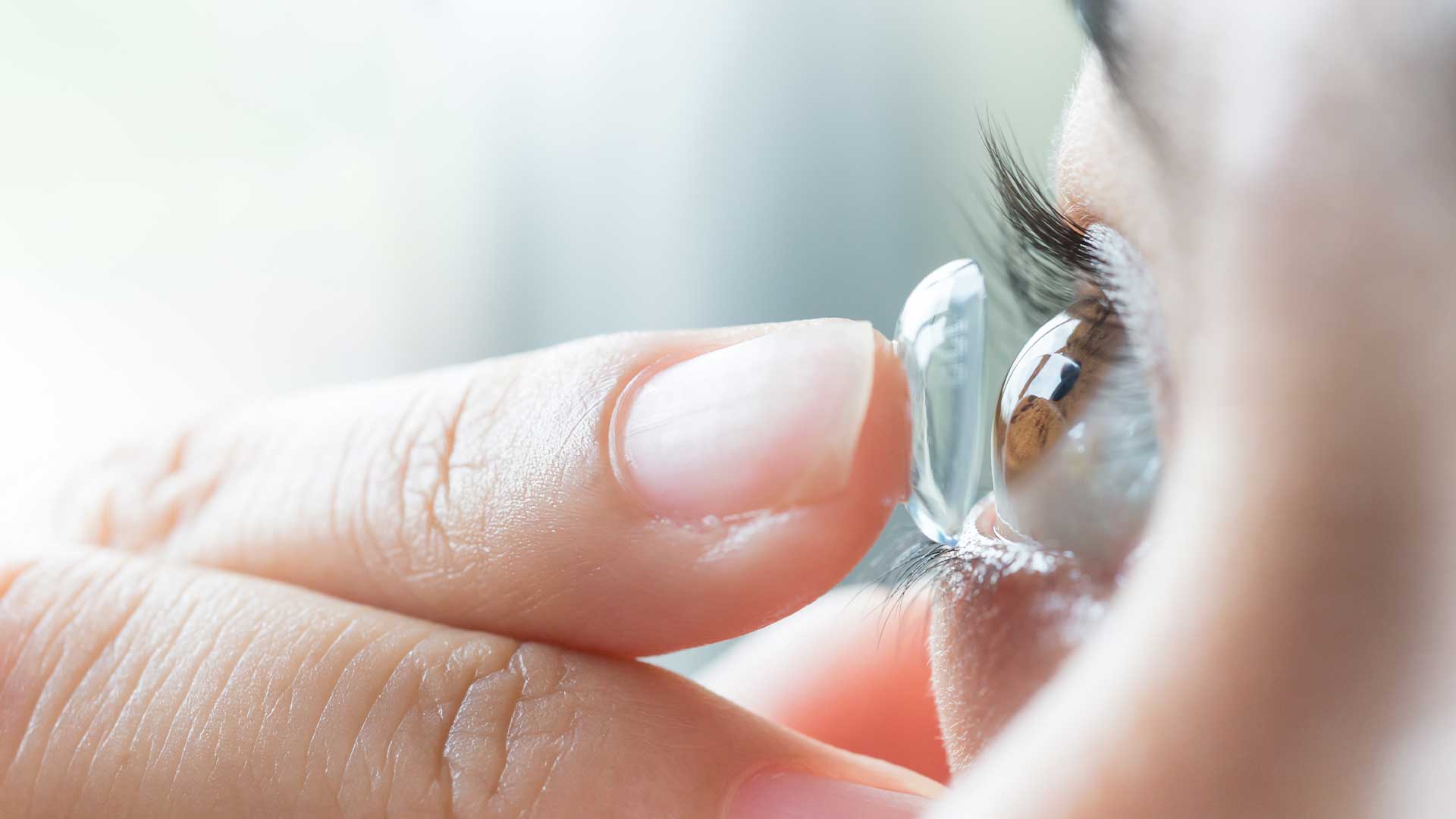What is Contact Lens?
A contact lens is a type of glasses that is permanently attached to the corner of the eye and completely covers the pupil. The user wears these lenses. Contact lenses are often preferred prostheses to correct refractive errors, change eye color and treat corneal infections.
Contact lens, which is a type of prosthesis, consists of the back of the eye (back surface) and the front of the eye (front surface). The posterior surface of the lens is defined as the point where it contacts the cornea. The front surface has a bevel, which increases the eye’s ability to correct refractive errors and ensures uniform refraction of light. In addition to these surfaces, there are several options for standard angle and diameter length that vary depending on the lens type.
Contact lenses should have the same front and back curvature, so that they do not cause a burning sensation when worn and provide a pleasant wearing experience. In this regard, it is critical that the total curvature, also known as the radius of the posterior surface, is compatible with the cornea. The distance between the edge ends of the lens is used to calculate the diameter value, which reflects how effectively the lens works with the eye. Hard lenses are usually between 7.5 and 8.5 millimeters in diameter, while soft lenses are usually between 13.5 and 15 millimeters in diameter.
What Purposes Are Contact Lenses Used For?
Improvement of Vision Defects
Most people use contact lenses to correct refractive issues or vision impairments. This field of application has the potential to replace the need for glasses and laser surgery procedures. Contact lenses have the potential to correct a wide variety of refractive issues, including myopia (commonly known as farsightedness), hyperopia (also known as nearsightedness), astigmatism (commonly known as nearsightedness), and presbyopia (also known as nearsightedness). old age).
Another disease known as anisometropia may benefit patients who wear contact lenses and those listed above. Some people have varying degrees of astigmatism in each eye. In most cases, glasses cannot be used due to anisometropia, a condition in which the refractive error differs significantly. As a result, people suffering from this condition are highly recommended to use these lenses.
Use For Therapeutic Purposes
Patients are frequently prescribed contact lenses to use as part of their care following certain types of eye surgery. Wearing these lenses during the recovery phase after these surgeries can help speed up recovery time. At the same time, thanks to the surgical treatment, the patient will feel much less pain.
In some cases it may be possible to cover the eye with this lens. Contact lenses can also be used in certain medical conditions, such as corneal ulceration, corneal scratching, or detachment of the epithelial layer. In this case, the lens acts the same way a bandage would do for the eye, which is usually covered with a bandage. These effects, combined, cause the cornea to close and normal visual function to be preserved.
Use for Cosmetic Purposes
Contact lenses can be used for cosmetic purposes for two different reasons. To begin with, people who do not have eye health problems and just want to improve their appearance may prefer to use these lenses instead of glasses. Lenses of a different color from the eye can only be used to change the impression and color of the look.
The ability to hide and camouflage persistent eye diseases is another advantage of wearing these lenses. This use, also known as prosthetic use, is recommended when the patient suffers an irreversible eye injury due to an accident or eye disease.
People may have vision problems, although it may not appear that way due to permanent damage to the surface of the eye or the absence of the iris layer. This syndrome may give the impression that the person has normal vision. In these situations, contact lenses can provide a cosmetically normal appearance by changing the iris, pupil, white of the eye and blood vessels in the eye.

